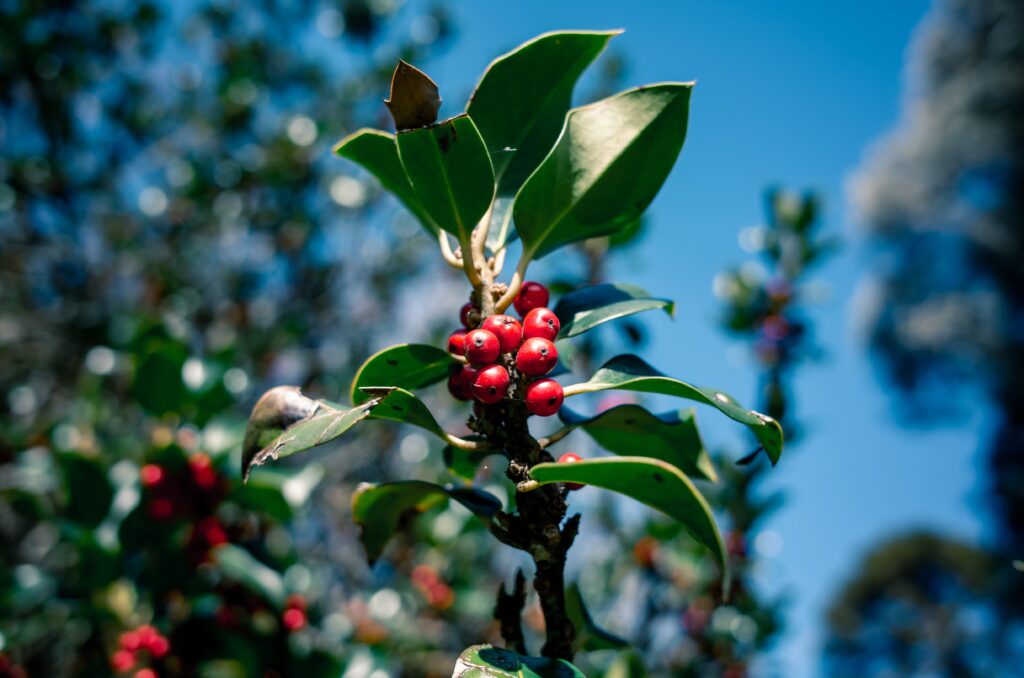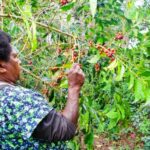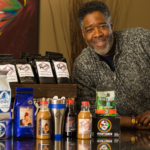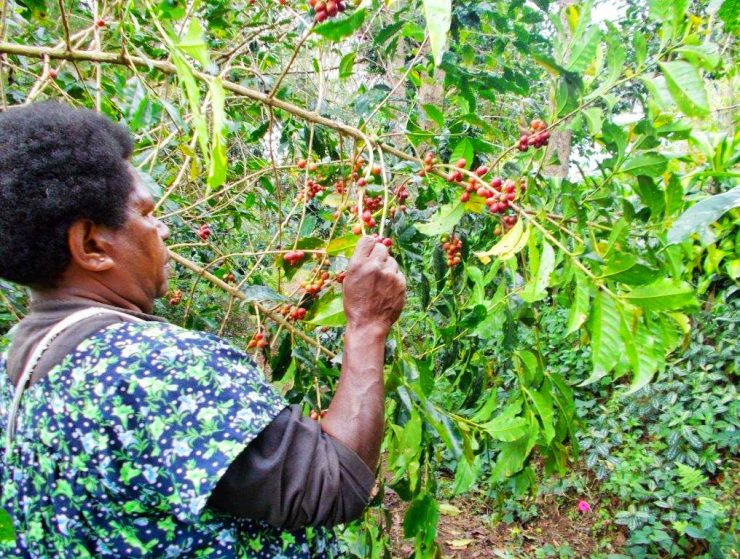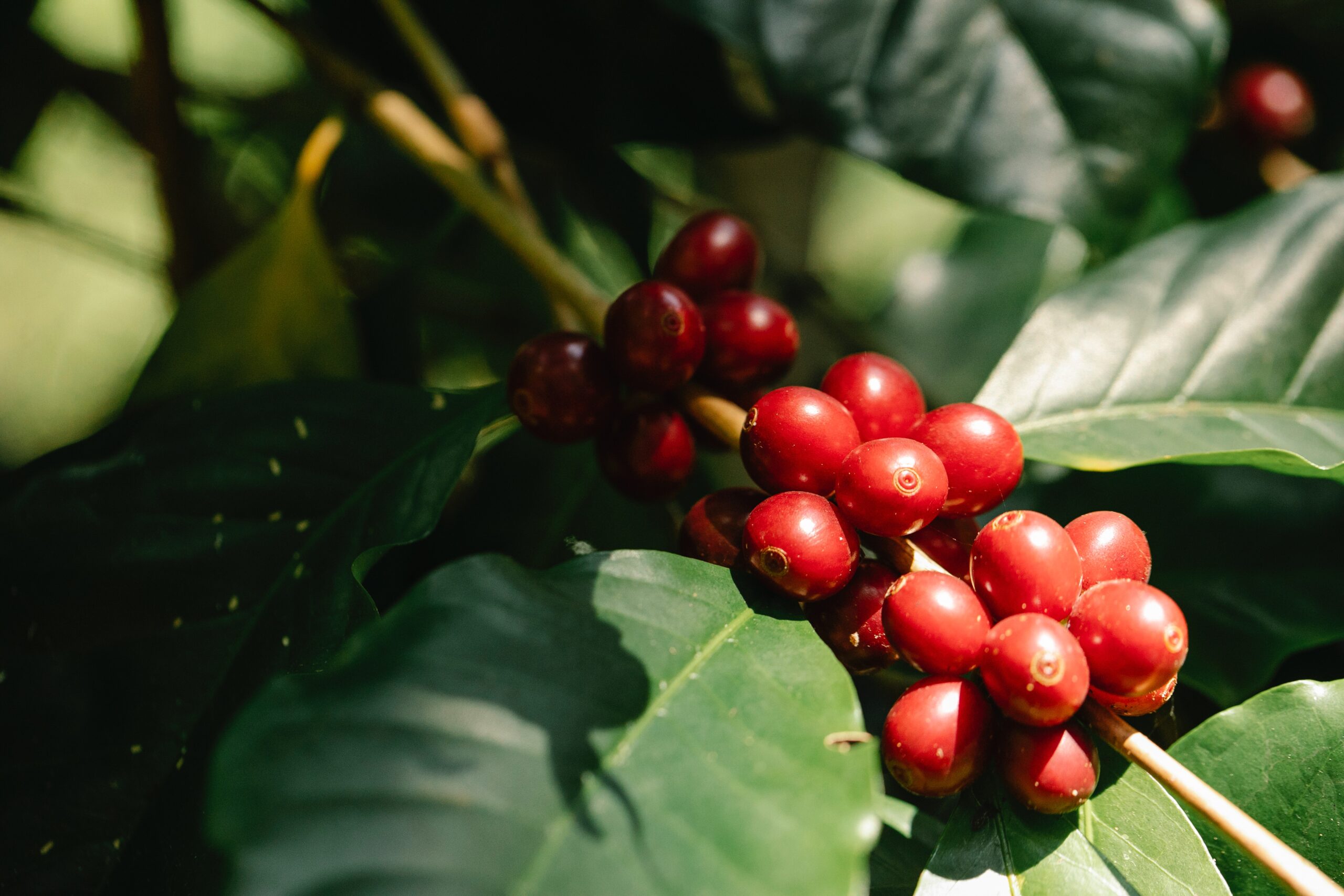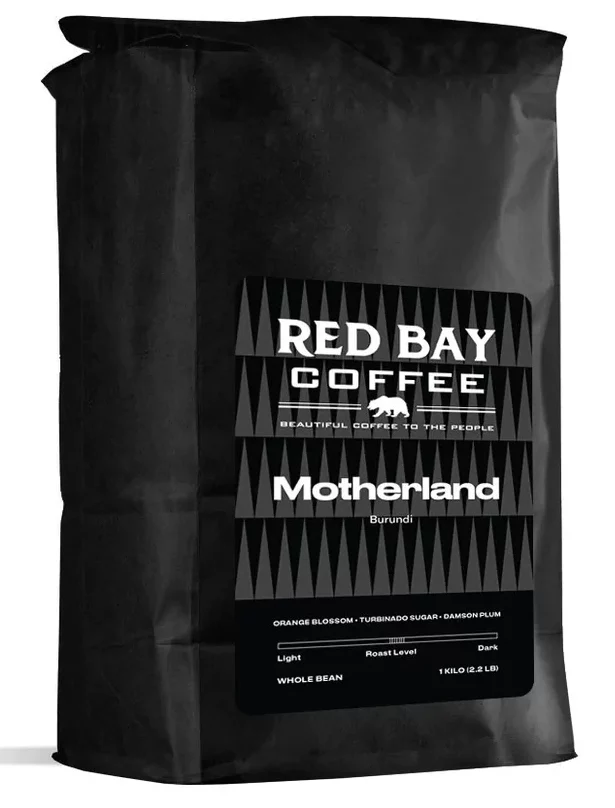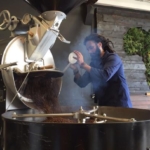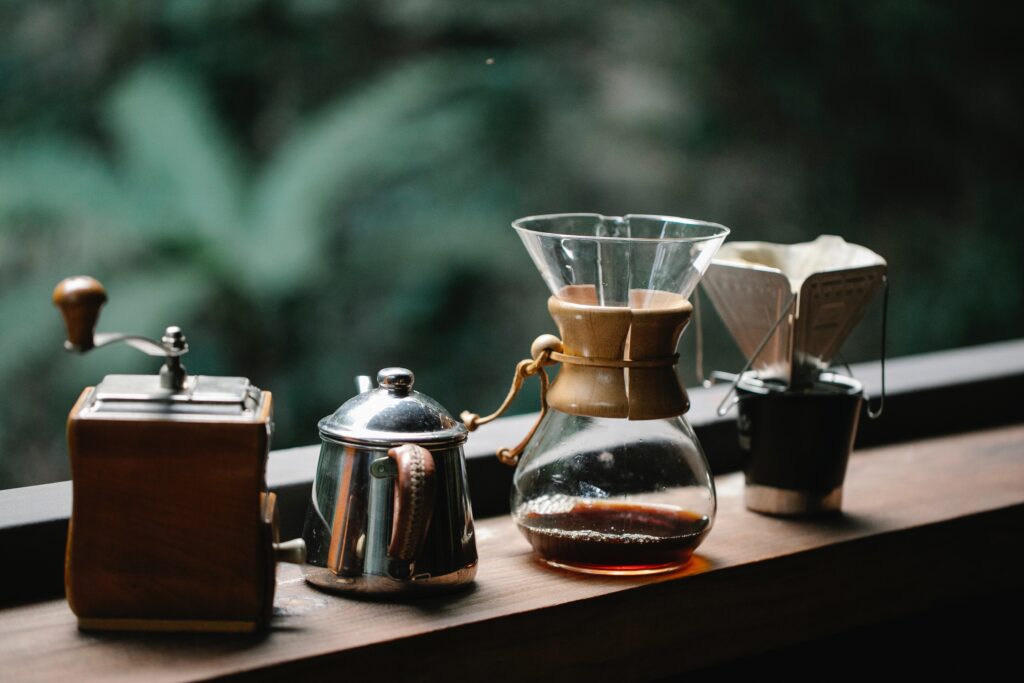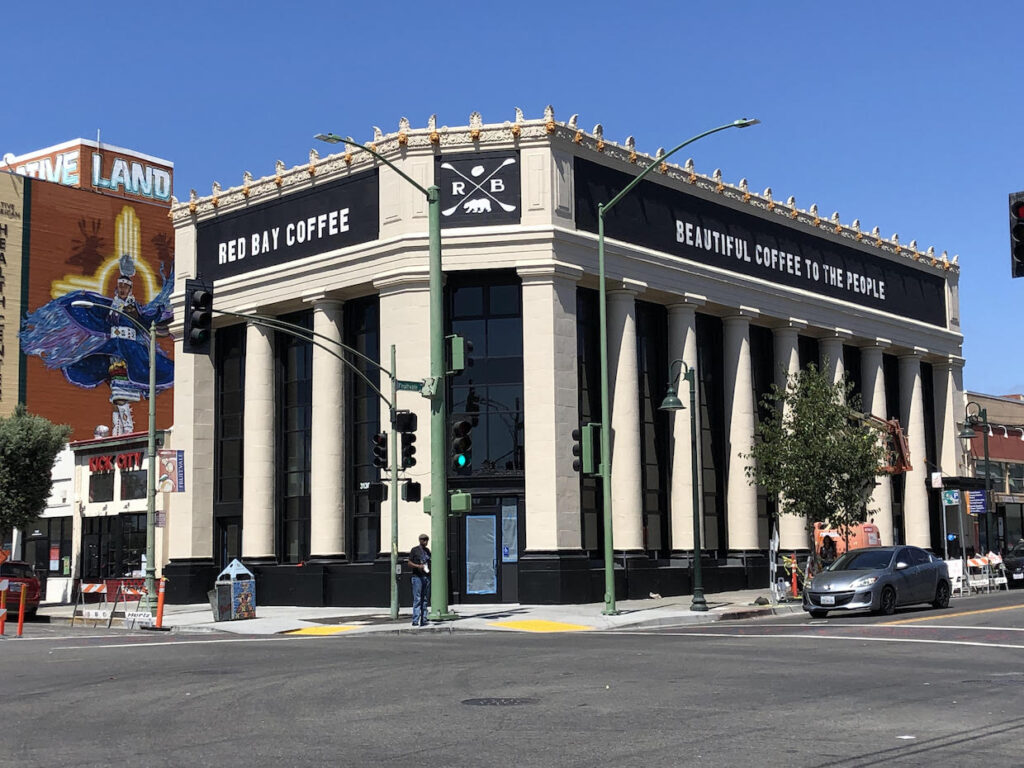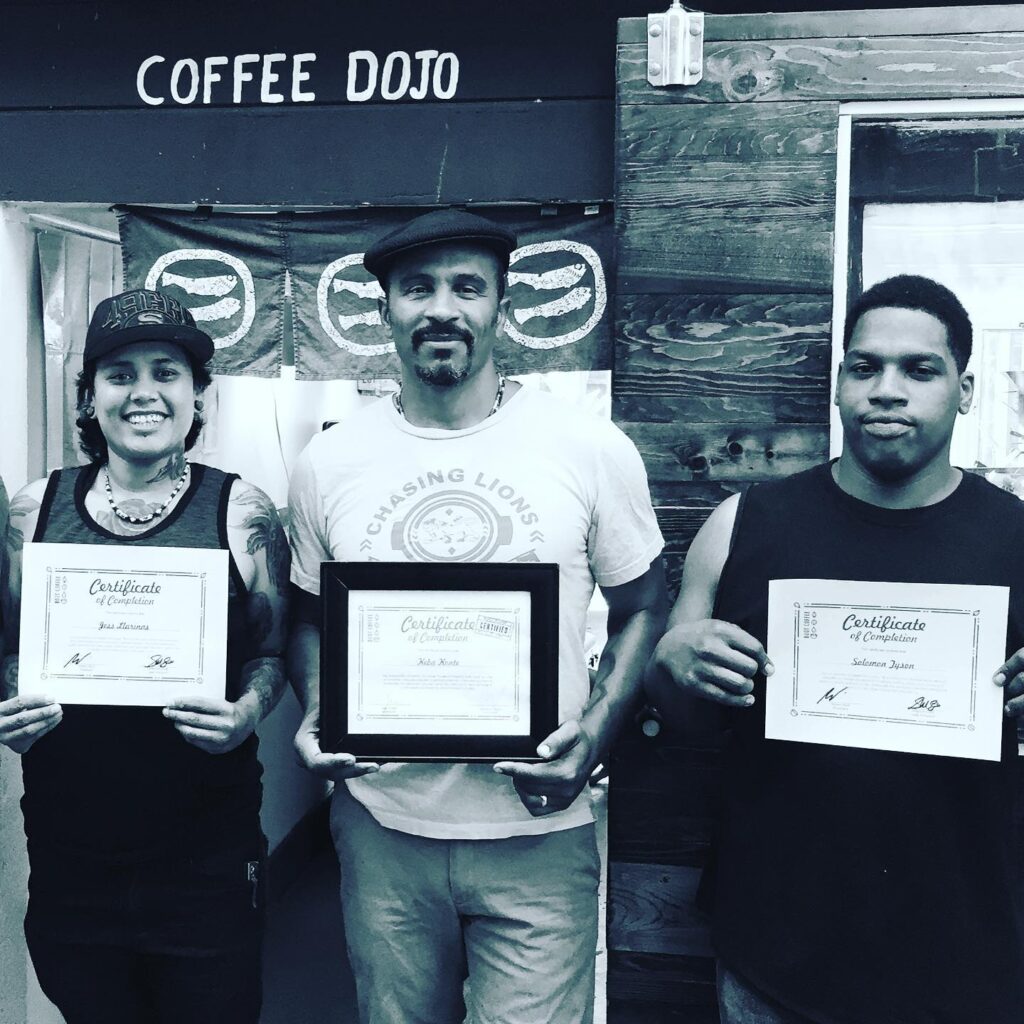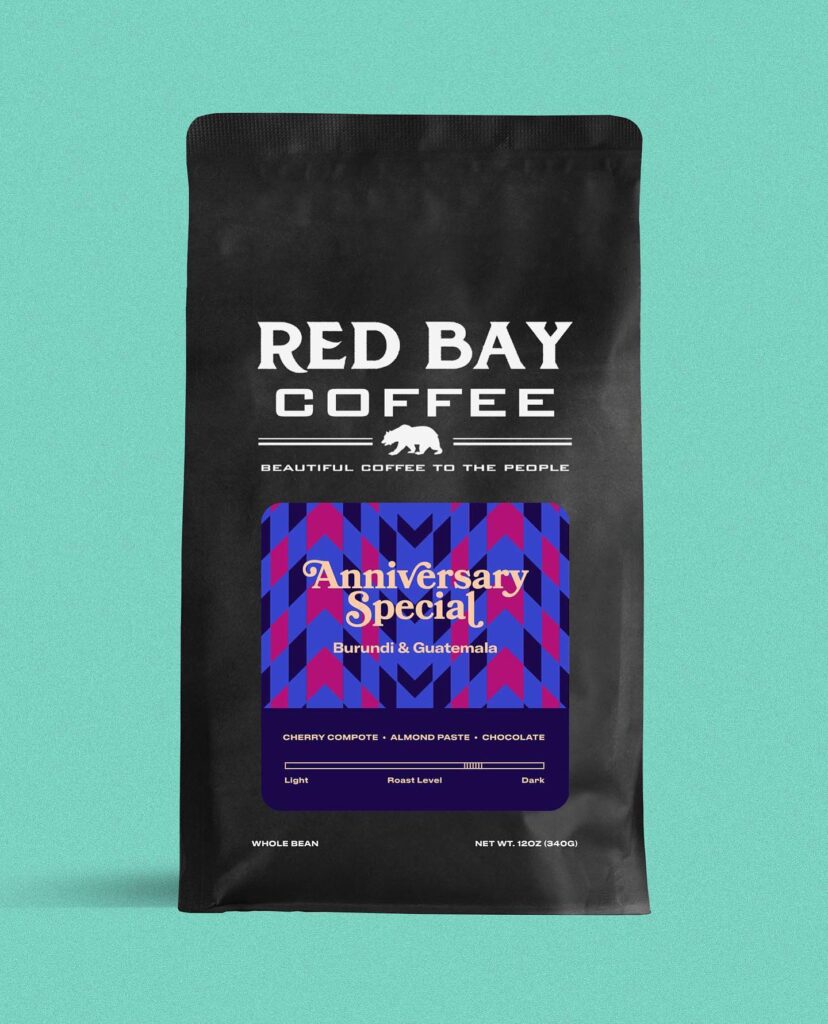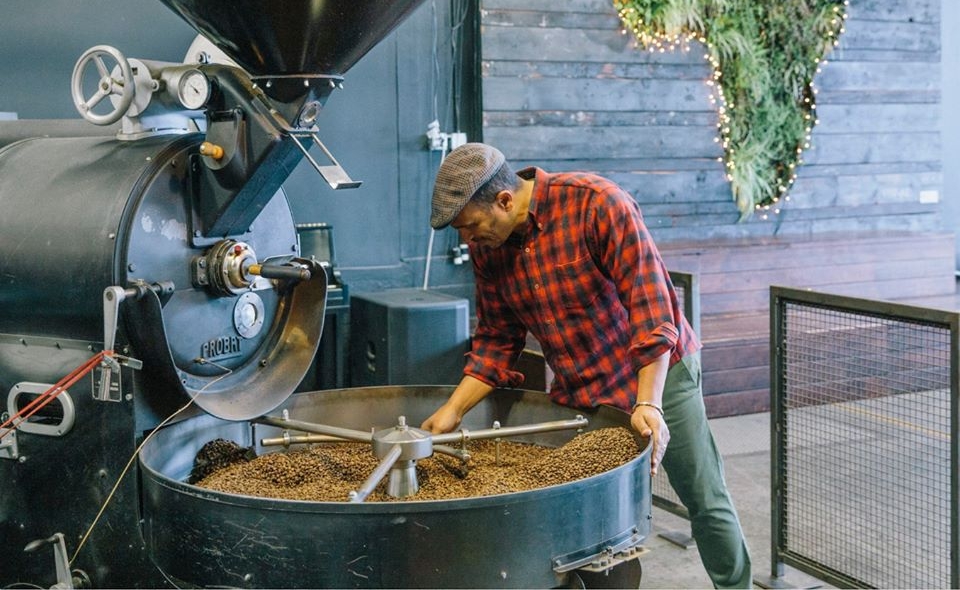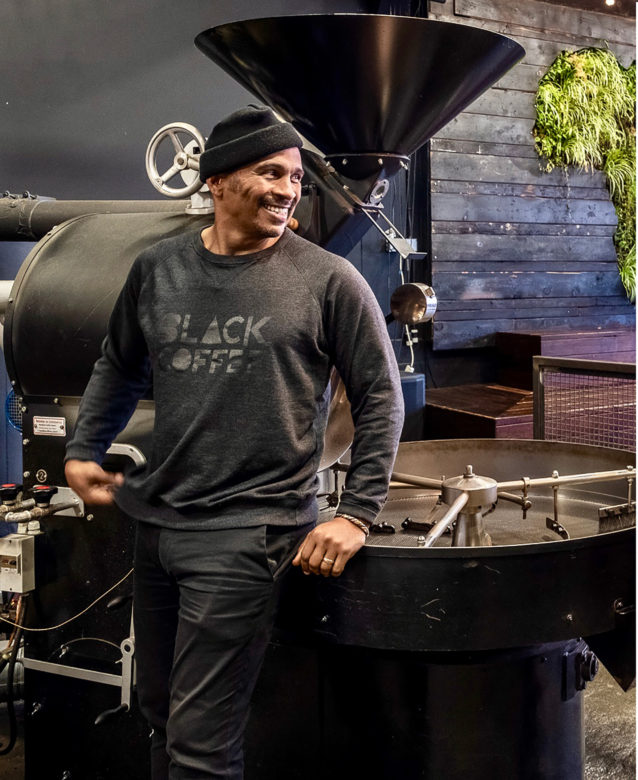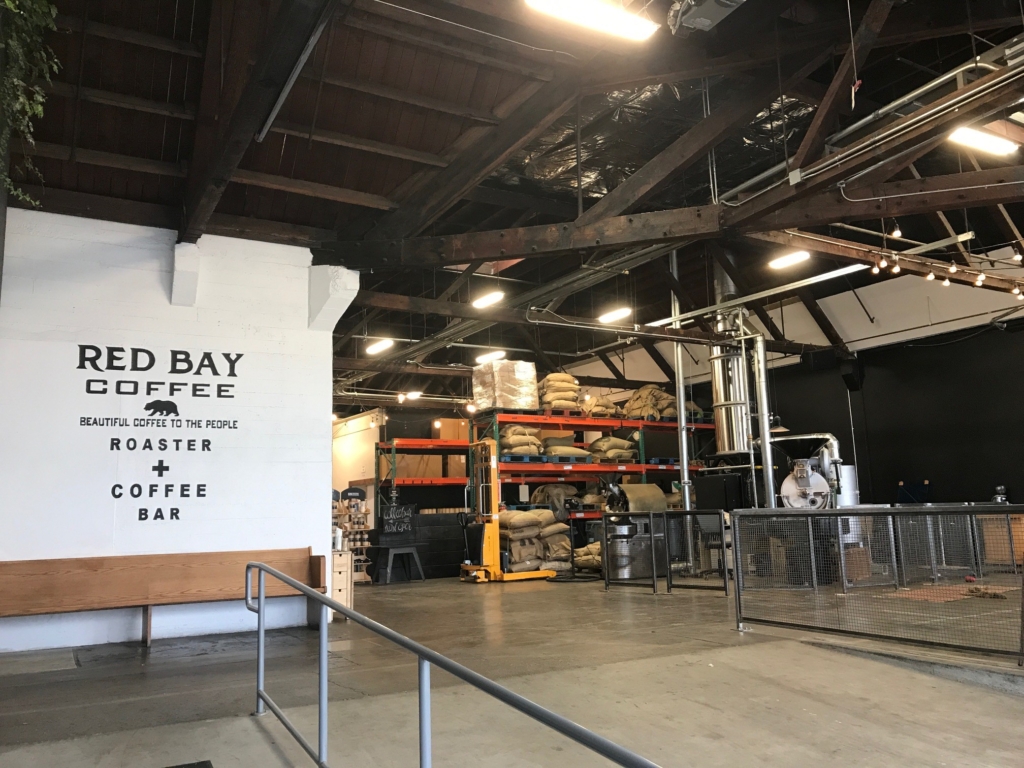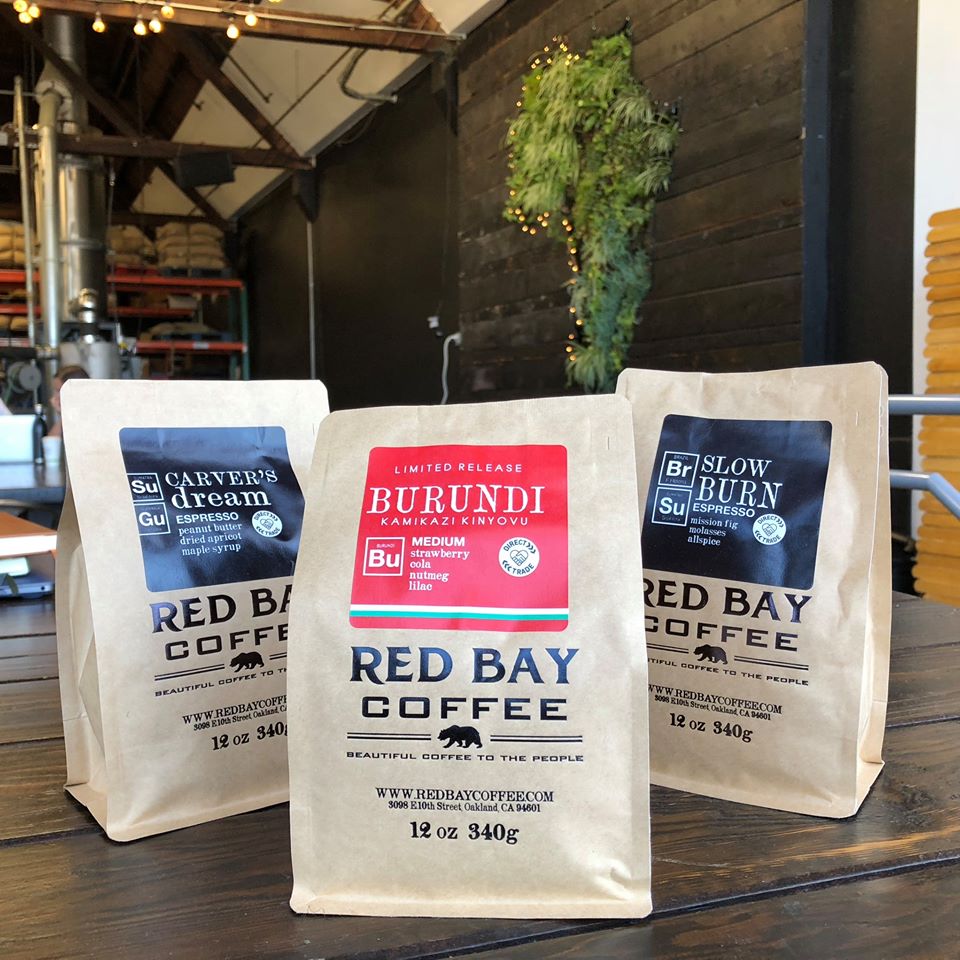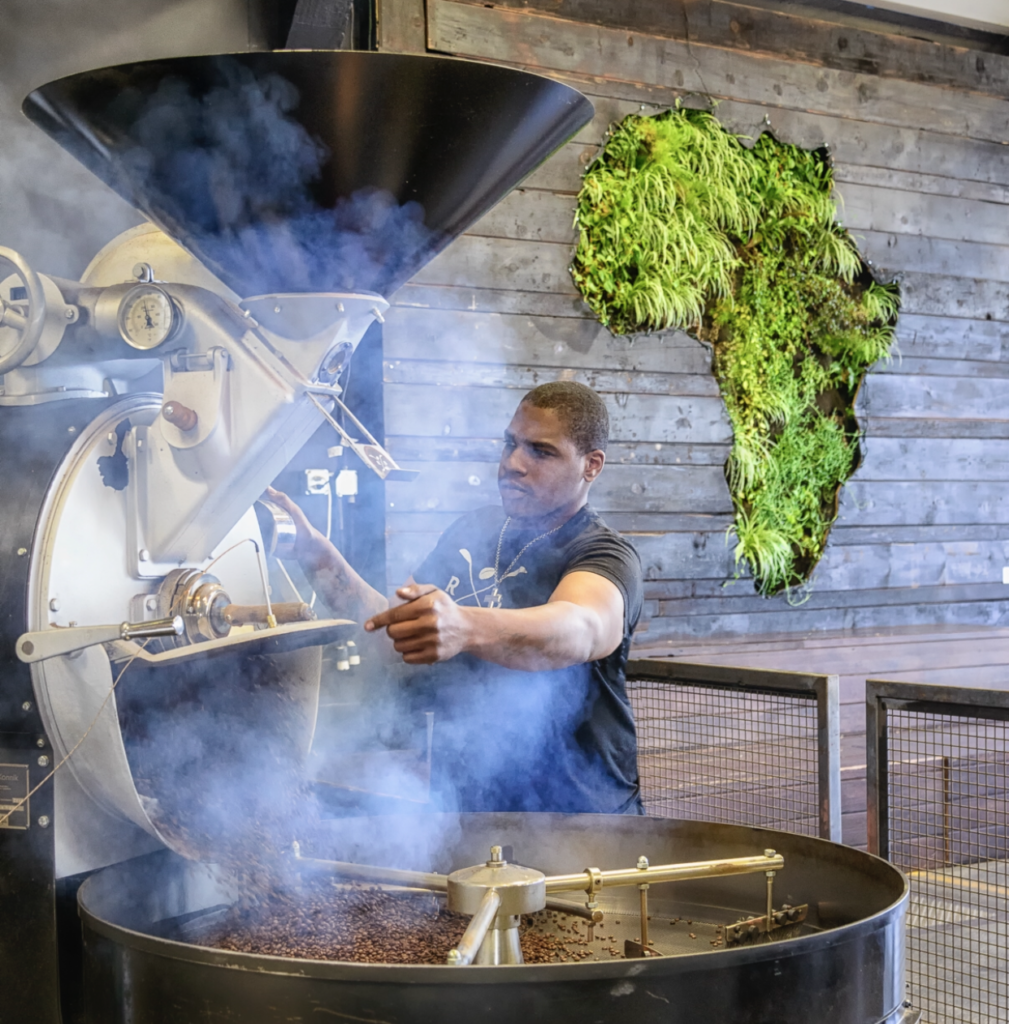With more than 2.25 billion cups consumed every day, coffee has gone beyond the position of merely a beverage and now plays a significant cultural role. Around 120 million people depend on coffee for their livelihoods worldwide.
Climate change, however, has just sparked a perfect storm that endangers the well-being of millions of coffee farmers and their families. Furthermore, according to scientists, there will be longer and more intense rainy and dry spells, which will make farming more difficult. The cost of buying and growing decent coffee will rise as temperatures rise and droughts get worse.
The pattern is obvious. According to scientists on climate change, the average global temperature will climb by 1.5 to 4.5 degrees celsius this century. And if we don’t take swift action, it might be too late. Read on to know how climate change is likely to affect the coffee industry in the years to come.
Impact of Climate Change on the Coffee Industry
1. Coffee’s Flavour Can be Affected by Water, Stress, Temperature, and Light Exposure
In order for coffee trees to develop and prosper as well as for their beans to have the flavors and aromas that many coffee lovers adore, an ideal mix of growing conditions is required. Researchers concluded that variables including altitude and light exposure had an impact on coffee quality in a 2021 study that looked at how shifting climates will adversely alter the coffee flavor.
2. Less Land to Grow Coffee by 2050
It is anticipated that coffee-growing regions will move out of the tropics. By 2050, the total area of land suitable for growing coffee is expected to shrink overall, according to a new study. The best regions for growing coffee are expected to shrink in size and suitability in four of the top five coffee-producing countries in the world, namely Brazil, Vietnam, Colombia, and Indonesia.
3. New Regions Are Likely to Emerge
Some nations, namely those outside of the tropics, might experience an improvement in adaptability and new business potential with the plant.
Ethiopia, the plant’s native land, is the fifth largest producer, and it is anticipated that its suitability for growing coffee will mostly remain unchanged. According to studies, there will probably be an increase in the suitability of some countries—such as the United States, Argentina, Uruguay, and China—for coffee growing.
4. The Quality of Single-Origin Coffee Will Potentially Deteriorate
The quality of single-origin coffee coming from arabica beans, which are prized for their rich and evocative scents and flavors, relies largely on the particulars of their growing environment and a particular set of conditions. The regions that produce high-quality, single-origin coffees decline together with the general shrinkage of acceptable coffee-growing lands.
The Bottom Line
There are a number of other irreversible effects of climate change, and coffee’s future is still in the hands of a population that keeps spewing greenhouse gases into the skies. But other organizations have been researching hybrid coffee varietals in an effort to make coffee plants more resilient to harsh environmental conditions—while maintaining flavor and other desired traits.

